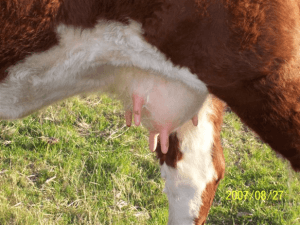– Dr. Andrew Griffith, Assistant Professor, Department of Agricultural and Resource Economics, University of Tennessee
FED CATTLE: Fed cattle traded $3 lower on a live basis compared to last week. Live prices were mainly $116 to $117 while dressed prices were mainly $184 to $186.
The 5-area weighted average prices thru Thursday were $116.70 live, down $3.70 from last week and $185.89 dressed, down $6.53 from a week ago. A year ago prices were $114.88 live and $184.28 dressed.
Finished cattle prices continued their consistent weekly decline for the third consecutive week. If a fourth consecutive week of a $3 loss were to occur then most of the positive basis with the June live cattle contract will have evaporated. The positive basis has been the motivating factor for most feedlot managers to push cattle out of the feedlot even though they would prefer to hold the line on cash traded cattle. The current week’s cash trade is still resulting in Continue reading



